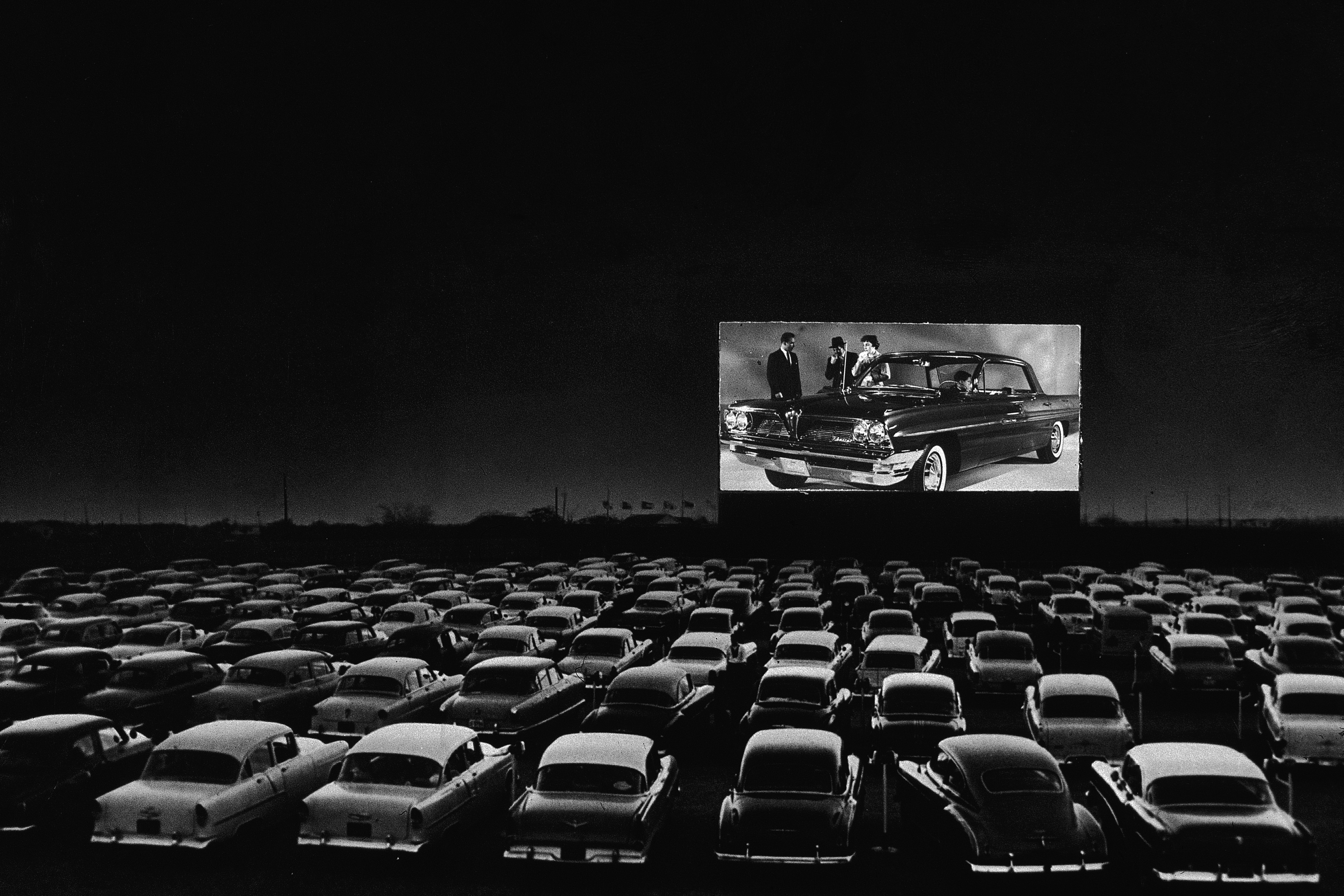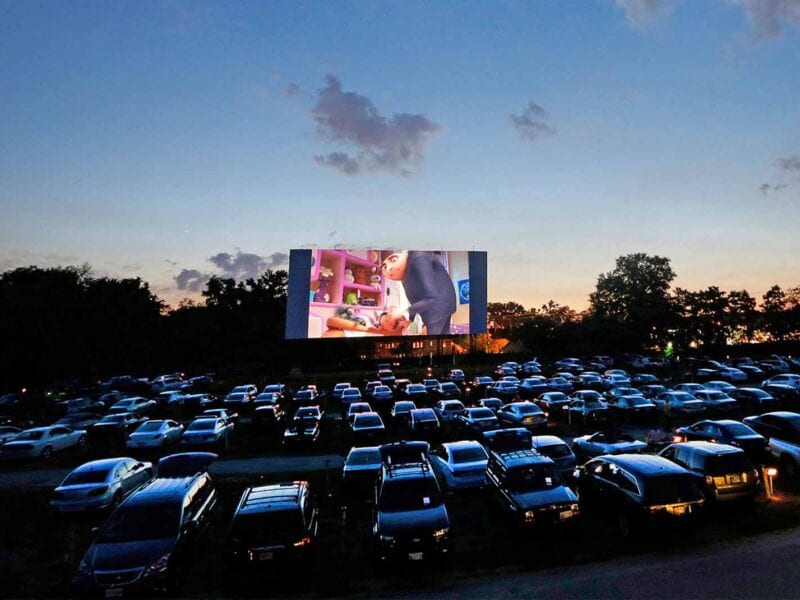

Learn more about filmmaking at the New York Film Academy. But no matter the fate of America’s drive-ins, they will always be a nostalgic and cultural icon. Unfortunately, Hawaii, North Dakota, Wyoming, Alaska, Delaware, and Louisiana no longer have any that are still in business. Ohio, New York, and Pennsylvania have the most drive-ins still in operation in the U.S., with each state having almost 30 left. Some even have playgrounds for families to entertain their children.įor now, there are over 300 drive-ins still in operation. Just like a classic drive-in and a regular theater, they sell refreshments like popcorn, candy, and soda. A lot of them also plan double feature nights. Modern drive-ins vary, but many show current films as well as older films. Economically speaking, it became more practical for owners to close their drive-ins in order to sell their land to developers to build malls or multi-building complexes.Įven though drive-ins are not nearly as popular as they used to be (with some arguing that they will be obsolete within the next decade), there are still drive-ins in business throughout the country. To have an effective drive-in, it had to be on at least 15 acres of land. Slowly, drive-ins began to lose their appeal. The development of the VCR made it more appealing to stay at home and watch movies without paying for a movie at the drive-in. Please contact us in advance via email if you have dietary. We do allow bottled water only to be brought in as well as food for babies.
Drive in movie theatre full#
Our concession stand is open with a full menu of tasty treats to enjoy including gluten free options. To make up for lost revenue, drive-ins began losing their family-friendly atmosphere by showing exploitation films like slasher horrors as well as adult content. Please, no outside food or beverages allowed at Aut-O-Rama Drive-In. During the ‘70s oil crisis, people downsized their cars in order to save money on the inflated cost of gas, making it uncomfortable to watch movies at the drive-in. They maintained popularity as both a space for families to spend time with each other as well as an affordable date night option.ĭrive-ins could only show movies during certain times of the year and were dependent on having decent weather. There were over 4,000 drive-ins throughout the U.S., and most were in rural areas. Drive-ins gained immense popularity 20 years later during the 1950s and ‘60s with the Baby Boomer generation.

The success of Hollingshead’s drive-in caused more and more drive-ins to appear in every state in the country and spread internationally as well. Appealing to families, Hollingshead advertised his drive-in as a place where “The whole family is welcome, regardless of how noisy the children are.” He created it as a solution for people unable to comfortably fit into smaller movie theater seats after creating a mini drive-in for his mother. Though there were drive-ins as early as the 1910s, the first patented drive-in was opened on Jby Richard Hollingshead in New Jersey. Many people hear stories of their grandparents going to the drive-in theater for a Friday night hangout, but do you know the history of the classic movie experience?


 0 kommentar(er)
0 kommentar(er)
